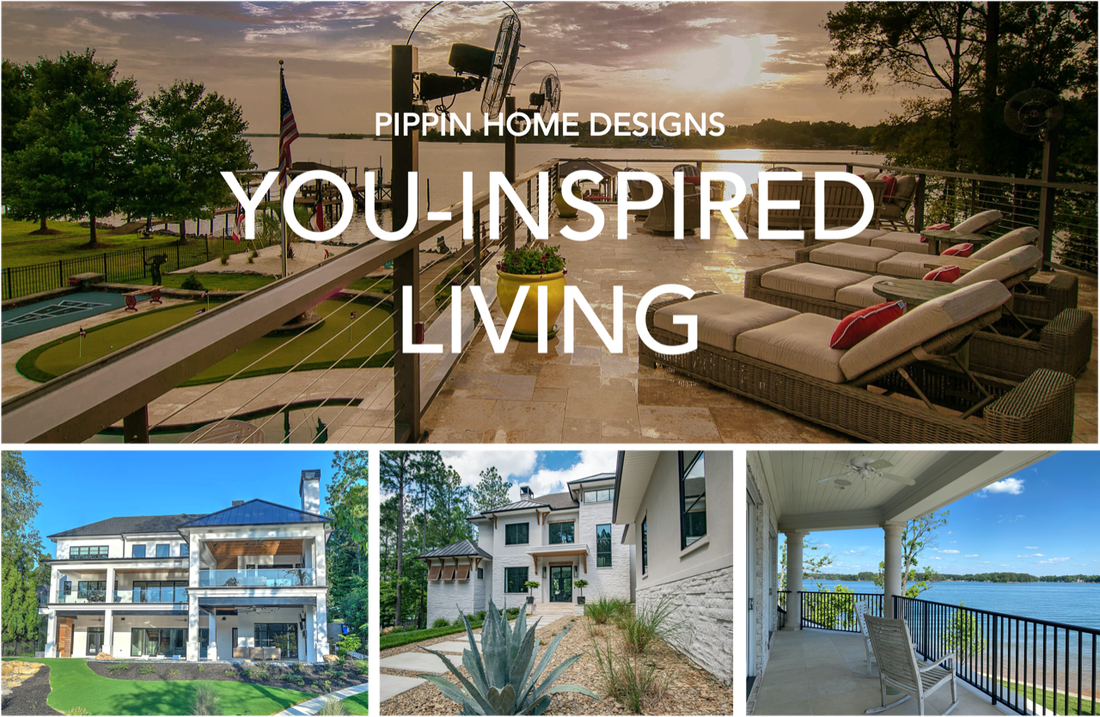
 Our Sick Home blog series has been packed with TONS of useful tips, tricks, and insider information for designing a healthy home. To wrap up the series, here’s a distilled summary with helpful direct links to the most valuable resources for building materials, contractors, and products that have supported our clients over the years. What is a Sick Home? In 1984 the World Health Organization (WHO) released a report suggesting that up to 30% of new and remodeled homes worldwide were the cause of illnesses related to poor indoor air quality. This coined the term Sick Building Syndrome (SBS). Sick Building Syndrome A condition experienced by building occupants with acute health effects that appear to be linked to time spent in a building, but no specific illness or cause can be identified. Learn the possible symptoms and causes of a sick home HERE. What You NEED to Know About the Toxins Already in Your Home Since the industrial revolution, chemical compounds have become pervasive in the home building industry, used in everything from foam insulation, to flooring, to cabinets, and carpeting. Homeowners typically have had very little choice of the materials being used to build their homes, unknowingly agreeing to the use of dangerous toxins in their indoor environment. However, you DO have more choice than you realize! Click HERE to learn about the Six Classes of chemicals to avoid and what they’re found in. There are more than 80,000 chemicals on the market today and chemical production is increasing worldwide! Did you know that NO government agency has sufficient authority to ensure the safety of chemicals used in everyday products? In America, foods, drugs, and pesticides are regulated before they go into products, however for all other chemicals there is NO regulation. ⭐️ FAVORITE RESOURCE: Green Science Policy Institute Green Science Policy Institute is an independent non-governmental organization of scientists and policy experts who develop and communicate peer-reviewed research to facilitate more informed decision-making about chemicals used in consumer and other manufactured products. They have successfully prevented millions of pounds of harmful chemicals from being added to furniture, pillows, children’s products, and computers. They are a great resource for keeping up-to-date on chemicals that should be avoided and new policies coming out that ban certain products. Buyer Beware Since healthy and sustainable products have become trendier, many products are marketed to appeal to the more health-conscious consumer. The following are some potentially misleading classifications to be aware of when selecting materials and products. Beware of “Greenwashed” materials! Many products labeled “Green” are not VOC-free or safe. Keep in mind, flame retardants and mildewcides are not considered VOCs, so even if a “Green” product claims to be VOC-free, it may still contain highly toxic chemicals. Beware of “Green” certifications. Many “Green” certifications have flooded the market and have amounted to negligible help in determining the safety of products. GreenGuard Gold is a certification you’ll likely see everywhere. The standards set by GreenGuard is certainly a step in the right direction, however be aware that these products only claim to be low-emission of VOCs. They are not VOC-free and are not recommended for more sensitive people, children, and the elderly. Beware of “Red List Free” products. The Living Building Challenge Red List is a very valuable listing of the worst materials, chemicals, and elements used in the building products industry. The Red List is regularly being updated and becoming more stringent. It also includes a “watch” list of chemicals on the market that are being monitored for potential dangers. However, just because a product is listed as “Red List Free,” it does not necessarily mean that the product is safe or free from ALL toxins. Beware of company policy changes. Fortunately, many companies are feeling the pressure to change their policies in regard to the sale of highly toxic home products. Lowe’s and Home Depot have both recently changed their policy about selling products with toxic chemicals in them. Check out Lowe’s Safer Chemicals Policy as of 1/1/2020 and Home Depot’s policy as of 9/17/2019 phasing out products containing PFAS. Another step in the right direction, these policy changes do NOT mean everything sold in these stores are safe and toxin-free. Due diligence on the consumers behalf is still required to assure products purchased do not contain dangerous chemicals. ⭐️ FAVORITE RESOURCE: Cradle to Cradle Cradle to Cradle Products Innovation Institute has a certification program that sets the global standard for products that are safe, circular, and responsibly made. Click HERE for their registry of 178 different Building Supplies & Materials that have passed their rigorous material health certificates. Healthier Building Material Resources Flooring: Choose flooring products made without urea-formaldehyde (UF) glues. Avoid fluorinated (PFAS-based) stain or oil repellents and stay away from any products with antimicrobials, mildewcides, or marketed with a health claim. Avoid using rebonded carpet padding made from recycled or scrap polyurethane foam, which may contain flame retardants.
Paints, Stains & Finishes: Choose VOC free and assure the colorant added to the base paint doesn’t increase VOC content when tinted. Avoid alkylphenol ethoxylate (APE) surfactants and any products containing antimicrobials or claiming to have health benefits. Don’t use epoxies and resins containing bisphenols or harsh solvents.
Building Insulation: The healthiest insulation materials on the market currently contain natural materials, do NOT off-gas VOCs, do NOT contain asbestos or formaldehyde, and do NOT contain harmful flame retardants or binders. Alternative Insulation Materials and Brands:
Choosing insulation is a complex subject with many variables to consider for your home, ie. climate and local weather conditions, energy efficiency goals, and budget. Spray foam insulation has been recommended for many years and is still the preferred insulating method for many builders, because it’s the most effective at filling the cavities between framing members and sealing off all the nooks and crevices. This effective solution for energy efficiency keeps indoor temperatures stable and reduces energy costs, which has been considered the most “Green” solution. However, spray foam containing polystyrene, polyisocyanurate, and polyurethane can have toxic flame retardants and VOCs that can off-gas if not encapsulated. Our Healthy Home IAQ expert, Harry Boody, uses a Heat Shield Vapor Barrier (see below) that encapsulates all insulation, and this barrier prevents toxic fumes of all kinds from entering the home, be they from insulation, building materials, or naturally occurring contaminants. Continual education around the latest best practices and the search for resources for a Healthy Home environment has been key to our success in finding solutions for all our clients. ⭐️ LOCAL FAVORITE MATERIAL SUPPLIER: CaraGreen Our favorite, and local to central North Carolina, one-stop shop offering healthier alternatives to conventional building materials is CaraGreen! From flooring to insulation, surfacing materials and reclaimed wood, CaraGreen supplies some of the most beautiful and sustainable materials on the market, including some of the ones listed above. How Clean IS the Air Inside Your Home? Indoor air quality is affected by many things including the toxins off-gassing from household products and building materials, radon exposure, and biological contaminants like mold and mycotoxins. Click HERE to learn more about the contaminants likely in your home’s indoor air. Using the healthier non-toxic building materials listed above can help cut down on the chemical toxins in your home’s air, but it will not eliminate all your potential indoor air quality issues. A properly sized and designed HVAC system with sufficient air filtration is required to achieve the highest indoor air quality possible. Did you know the vast majority of HVAC systems are improperly sized and inadequately installed for the homes they’re designed for? Crazy, right? Fortunately, we know the best company in the industry for designing HVAC systems specific to your home’s individualized needs. Note: Every home has different HVAC requirements! ⭐️ LOCAL FAVORITE SERVICE PROVIDER: Energy Innovations by Harry Boody, Inc. Energy Innovations, an Energy Conservation Consultant & HVAC System Design company founded in 1979, is our secret weapon against most indoor air issues. Harry Boody is a savant in the industry and has learned what other HVAC system designers and contractors don’t know! Do yourself a favor and call Harry Boody today at 336-689-2892. 6 Genius Steps for Preventing Mold & Achieving High IAQ Mold contamination can be a nightmare for homeowners, resulting in bizarre illnesses, expensive doctors’ bills, costly lawyers’ fees, and sometimes hundreds of thousands of dollars of remediation and repair costs. We shared the real-life stories of 2 families who suffered from mold toxicity. The lack of education in the industry on proper HVAC system design and installation has led to much negligence resulting in sick homes. Non-disclosure agreements forced upon homeowners seeking reparation from mold contamination typically conceal these stories about the dangers of mold. Don’t fall victim to the inadequacies of the industry. Follow these 6 steps to prevent mold contamination issues:
Click HERE for detailed explanation and suggestions for each step. ⭐️ LOCAL FAVORITE SERVICE PROVIDER: Environmental Solutions Group Certified technicians at Environmental Solutions Group perform indoor air quality assessments, investigating areas for mold, VOCs, lead, carbon dioxide, formaldehyde and other gases, and industrial/chemical contaminants, which can all negatively affect the health of those exposed to them. They also help homeowners cut energy costs with ENERGY STAR ratings, energy performance analysis, and code compliance (duct & envelope) testing. ⭐️ RUNNER UP SERVICE PROVIDER: EnviroBiomics, Inc. If you’re outside of Environmental Solutions Group’s service area in central North Carolina and want to test your home for mold, EnviroBiomics, Inc. specializes in microbial identification and offers a couple of do-it-yourself test options for examining the DNA of dust samples in your home. The HERTSMI-2 tests for the ‘Big Five’ most dangerous molds and the ERMI test examines 36 different species of mold. These affordable home test kits are a great place to start if you think you might have a mold issue already. If you’ve been experiencing weird unexplained illnesses and think mold might be the cause, check out the Surviving Mold website for a list of doctors in your area knowledgeable and trained to care for patients with mold toxicity. What is Electrical Pollution and Why Should You Care? Electrical pollution is the umbrella term used to describe the unintended and excessive amounts of non-useful and/or potentially harmful energies that have become ever-present in today’s modern built world. Electrical pollution refers to manmade electromagnetic fields (EMFs), also called electromagnetic radiation (EMR) produced from all electronics and electrical wiring. Dirty energy aka electromagnetic interference (EMI) is one form of electrical pollution created as a byproduct of inefficient use of electrical current. Improper wiring can add to the electrical pollution in your home and may lead to inefficient or unsafe use of electricity. Did you know that dirty electricity can lead to appliance burnout, high electricity bills, and a whole host of issues that can make your life and home uncomfortable? ⭐️ LOCAL FAVORITE SERVICE PROVIDER: Carolina Energy Associates Carolina Energy Associates is a sustainability & energy efficiency consulting firm that provides solutions for an electrically healthy indoor environment. As EMF experts, they perform electromagnetic field and radiofrequency testing to assess the source and solution to potentially dangerous electrical pollution. Clean, Healthy, Safe Water at Home is Possible! Here’s How. Did you know that levels of contaminants in drinking water are often MUCH higher than EPA standards? Some are dangerously higher and can cause both acute and chronic illnesses. Furthermore, legal limits for contaminants in tap water have not been updated in almost 20 years and the EPA hasn’t set regulations AT ALL for some of the MOST DANGEROUS contaminants like cancer-causing chromium-6 and the “forever chemicals” PFAS. Click HERE to search by zip code to find the most recently updated (2021) list of contaminants found in water utilities across the nation. Concentrations of each contaminant are listed and compared to the legal limit. Once you know which contaminants you’re dealing with, you can select the right water treatment devices for your home. Point-of-use devices
⭐️ FAVORITE PRODUCT SUPPLIER: Pure Water Distillers We use the Pure Water Mega Classic Automatic Water Distiller in our home. It produces 12 gallons of distilled water per day and is equipped with a 10 gallon storage tank. It has a built-in demand pump to deliver pure water right to your sink and refrigerator or has a manual distilled water outlet for dispensing water directly from the storage tank. The self-flushing feature keeps maintenance at a minimum. Point-of-entry devices (aka “Whole House Water Filters”)
Learn more about which devices remove which contaminants best HERE. Our recommendation to all our clients is to first, figure out which contaminants you need to remove from your specific water supply, and second, consider a whole house water filtration system supported by an appropriate point-of-use water treatment device. Two or more water treatment devices can work in tandem to assure the maximum number of contaminants can be removed. ⭐️ FAVORITE RESOURCE: Environmental Working Group Environmental Working Group is an organization that has recognized the need for reporting accurate levels of water contaminants and has created their own nationwide water testing database. Since 1993, the Environmental Working Group has shined a spotlight on outdated legislation, harmful agricultural practices and industry loopholes that pose a risk to our health and the health of our environment. Consumer Advocacy in an Ever-Evolving Built Environment We know that learning all the various components of what’s required to design and build a healthy home can be quite overwhelming. That’s why we’re here to help educate and advocate for the safety of all homeowners. Since we are in an ever-evolving world with new chemicals coming out on the market, new research exposing toxic building materials, and new testing methods for the safety of our built environment, we vow to keep the conversation of healthy homes going. As we obtain new information, we’ll be sure to share it with you! We intend you experience the highest level of support from your home for a life of health and wellness. Inspired by you, Jenny Pippin, CPBD, FAIBD, CGP
Pippin Home Designs
0 Comments
Leave a Reply. |
AuthorI am Jenny Pippin, founder of Pippin Home Designs and creator of my own inspired living. I grew up as an ordinary southern girl, working in the fields of my family’s tobacco farm. It didn’t take me long to realize I had greater gifts and so I chose to step into my power and create my own path in life, inspired by my heart’s true passion. (More on my personal story HERE!) Archives
February 2024
Categories
All
|
Copyright 2020. Pippin Home Designs. All rights reserved.
ARCHITECTURAL DESIGN COPYRIGHT NOTICE
1987-2024 Copyright. Jennifer B. Pippin FAIBD, CPBD. Pertaining to all home designs, drawings, and photographic imagery of completed designs
presented herein. No part of the contents of the design work presented on this website may be reproduced or transmitted in any form or
by any means, electronic or mechanical, for the purpose of replication or adaptation. This material is intended to provide accurate and
authoritative information about the design abilities and expertise of Jennifer B. Pippin FAIBD, CPBD and Pippin Home Designs.
ARCHITECTURAL DESIGN COPYRIGHT NOTICE
1987-2024 Copyright. Jennifer B. Pippin FAIBD, CPBD. Pertaining to all home designs, drawings, and photographic imagery of completed designs
presented herein. No part of the contents of the design work presented on this website may be reproduced or transmitted in any form or
by any means, electronic or mechanical, for the purpose of replication or adaptation. This material is intended to provide accurate and
authoritative information about the design abilities and expertise of Jennifer B. Pippin FAIBD, CPBD and Pippin Home Designs.



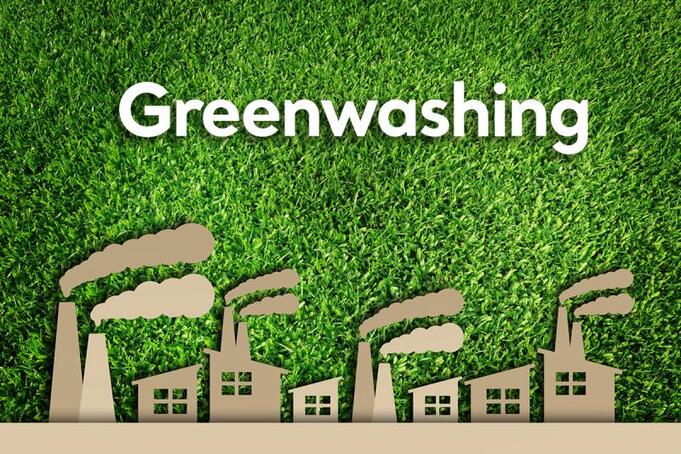
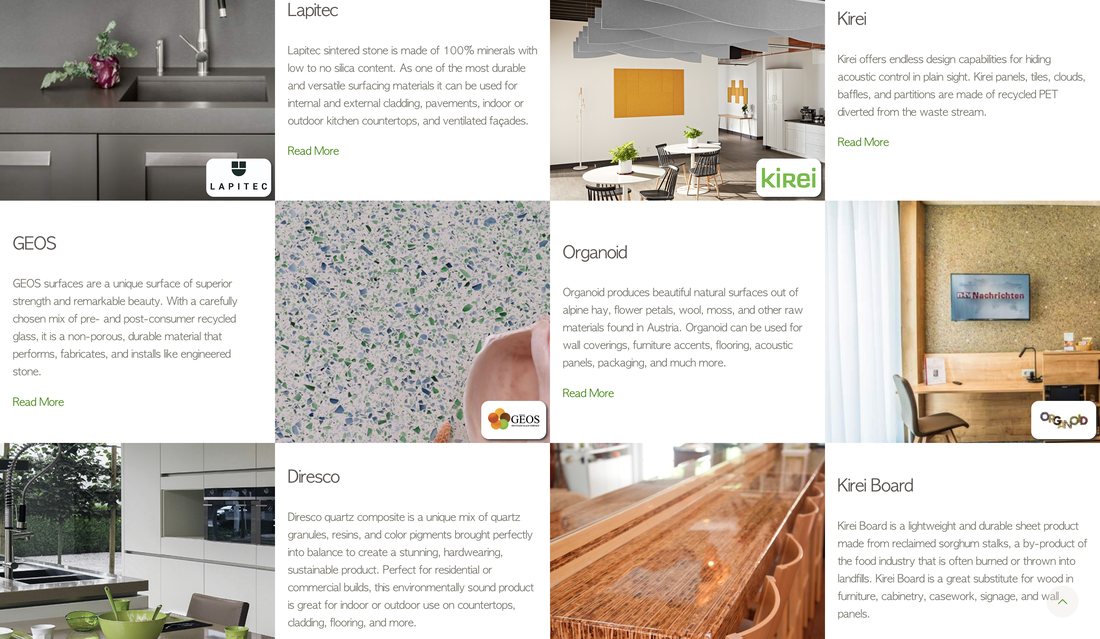
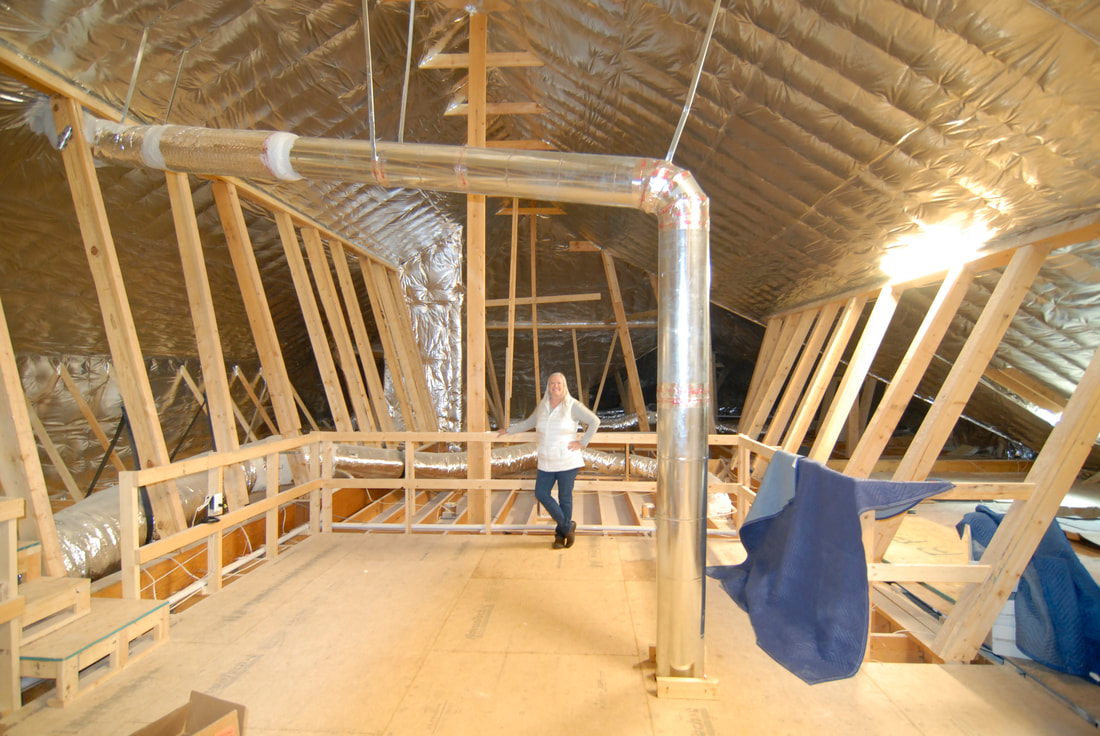
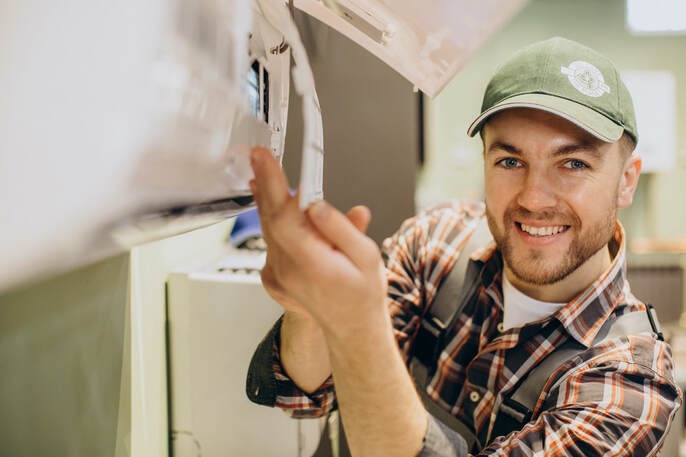
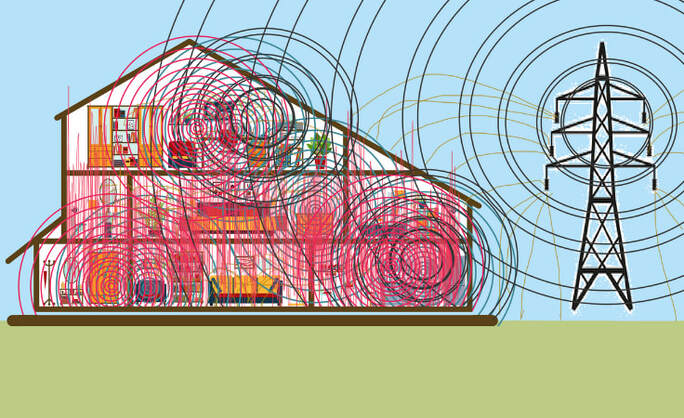




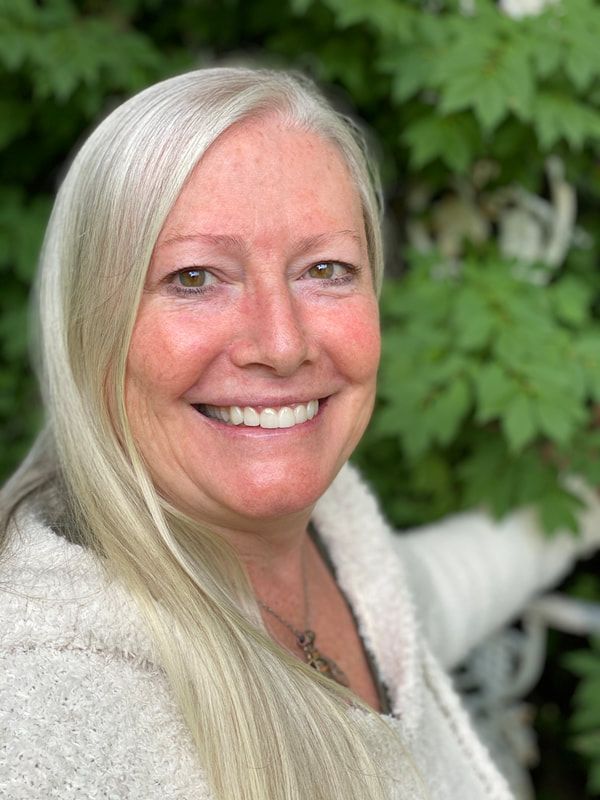
 RSS Feed
RSS Feed
